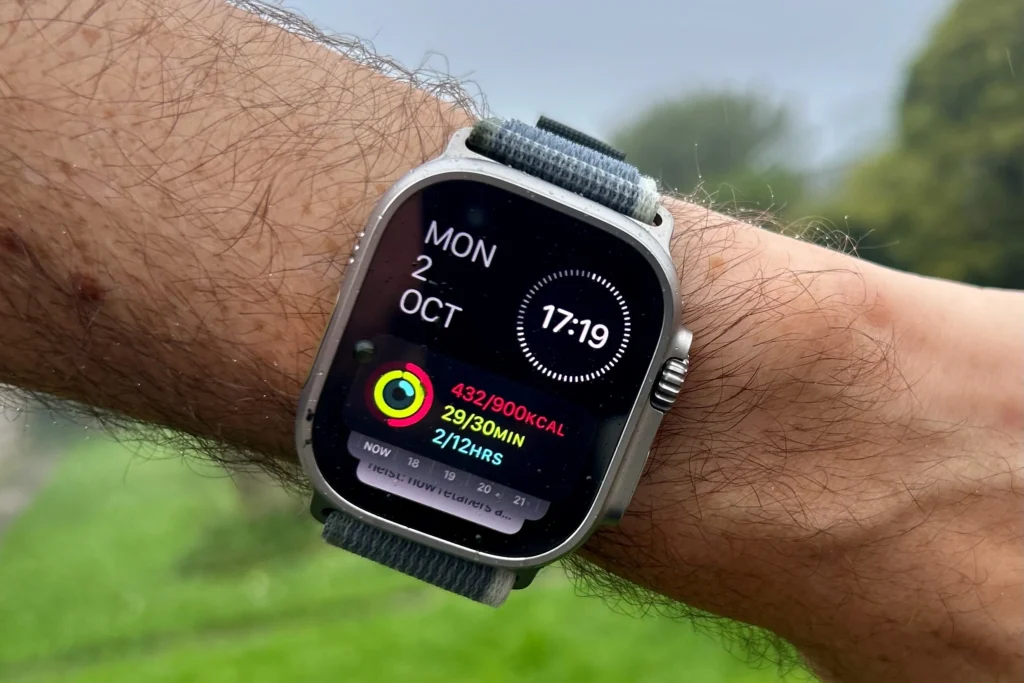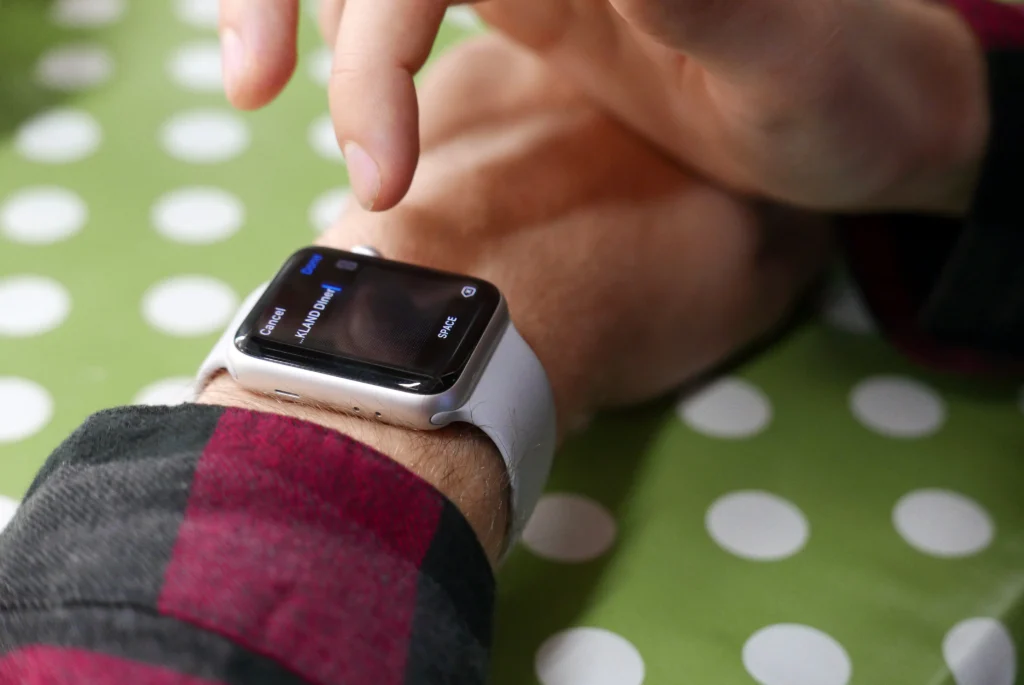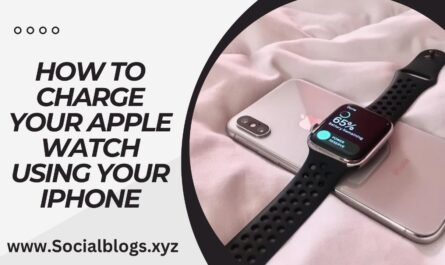Six Ways to Increase the Battery Life of Your Fitbit Device. In the realm of health-tracking watches, Fitbits are the top choice. In the past, no easy-to-use device come packed with features. That are beneficial, and the capability of tracking everything from the amount of steps taken, to our sleeping quality. The combination of this, along with various useful and obscure features have earned the Fitbit an enviable reputation among its users. Like other smart gadgets they do not benefit in the event that your Fitbit runs not able to function.
The majority of Fitbits are able to last a decent period of time. Life span of the battery will depend on the type of model you own. Certain models, like those like the Fitbit One, can go for up to 2 weeks with a single charge. Other models like Fitbit Versa, like Fitbit Versa, will give about four days before fading away. The presence of certain functions can affect the specific Fitbit in different ways depending on the model, for instance. GPS as well as a display that is always on being sufficient to reduce. The life span of some models to just a couple of hours. If you’ve been repeatedly charge, it’s likely the Fitbit’s battery drains faster.
The good news is that tackling these issues can be done. Simply by adjusting some settings and focusing on the time and frequency you utilize your Fitbit and how you use it. You will assure that you are getting the maximum value from your Fitbit’s numerous functions.
Change the brightness of your screen and timeout setting

Like your phone The brighter the Fitbit’s screen appears less power-efficient, the more it’s losing. For a solution, head to your Settings application, from where you’ll have the ability to alter the brightness according to your preference. Every Fitbit Charge 3 or Charge 4 Charge 5and Charge 6 Inspire 3 Ionic. Luxes as well as every Fitbit in the Sensa or Versa series comes with automatic brightness functions that adapt to the ambient lighting in the area.
Likewise although it’s tempting to leave the Fitbit running for the purpose of monitoring. The time and tracking your progress in training more efficiently however. It may also prove to end up reducing the battery of your device. At times, you might not notice that the display is turned on because certain Fitbits are automatically turned on when you move your wrists. For this to be change it is necessary to switch off the display that is always on in the Settings application, navigating to the Display settings and then tapping Always-on display in order to switch off the display. The Display settings allow users to alter their screen’s Timeout settings. This determines the length of time you’d like your display to remain completely off prior to switching it back to an Always-on display.
Make sure you are optimizing the settings for notifications
A few years ago it was difficult to imagine anyone would make calls or send texts using watches, among other things. Smartwatches such as Fitbit have come out, which provide these features, in addition to different notifications, reminders and alarm capabilities. The same features which have made Fitbit grow into a multi-functional device are also the components that may reduce the battery’s life.
The settings for notifications for your Fitbit is dependent on the type of device. For some models like Charge 2, Inspire, Charge 3, succeed 2, Charge 2, Inspire, Inspire HR, Blaze, Charge 3 as well as Charge 4, these settings are accessible through pressing the buttons on the device or swiping for access to the screen for quick settings. Other models, like Charge 5, Charge 6, Luxe, Sense, Sense 2, Charge 5, Charge 6, Inspire 3, Luxe, Sense, Sense 2 and all watches in the Versa series, need the user to swipe downwards or left of the face of the clock to open the setting. When you’re there, it’s important to assure that Do Not Disturb or Sleep modes are on. In the event you wish to shut off an alarm, the majority of gadgets will require you to open the app called Alarm, from which you are able to turn off your alarm. For deletion of an alarm, just click the trash icon, or click delete.
Beware of charging your device when you are in severe weather conditions

The charging process for your Fitbit isn’t difficult. But, it’s also effortless to ignore the entire process as well as the charger. Which could ultimately affect the Fitbit’s battery’s lifespan.
Some of the potential issues could arise due to keeping your Fitbit fully charged for longer than a night or charging metallic objects near by as well as not cleaning the charging cable and contact. The temperature in the space close to your device may create problems if you’re unintentionally. Extremely cold or hot temperatures, specifically anything less than 32°F (0 degree Celsius) or higher than 110 degrees Fahrenheit (45 Celsius) or above 113 degrees Fahrenheit (45 Celsius) could cause negative consequences to the performance of your Fitbit.
As well as reducing its display and connectivity and display capabilities. The ability of it to keep the charge is greatly affect by these conditions. Therefore, before charging your Fitbit next time, make certain. That it’s not located situated in a cool or hot area of your house, like under direct sunlight of windows or in the cold breeze from an air conditioner.
Organize the tracking capabilities
Like all other gadgets there are a few differences. Fitbits are create alike. The main difference between Fitbit models is the way they monitor you and track the health status of your. The quality of information that certain Fitbits can collect has increased dramatically in the past. However these capabilities come with the cost of.
One of the unique aspects of Fitbit is the ability to determine. The levels of blood oxygen saturation Also called SpO2. Like its name suggests, it is the level of oxygen in the blood. The Fitbit is able to detect this even when you sleep, and flashes various light sources, both infrared and red. These signal the oxygen levels in your blood. But, continuous utilization of this feature could draw more power from your battery and demand more charge. The removal of this feature from your Fitbit will require altering the clock face of your device to a different one from the clock face of SpO2 as well as uninstalling the SpO2 app.
If you own an Fitbit Charge 4, 5 or 6, think about altering its GPS settings. Although the majority of Fitbits make use of or built-in, dynamic and phone-connected GPS the Charge models use all three. For the perfect battery use warrant that you have your Fitbit make use of the mobile-connected opportunity.
Update the firmware regularly. Fitbit firmware.
Maintaining your Fitbit updated ensures that your device is always in top shape. In addition to helping ensure that your Fitbit safe from any bugs and operating more smoothly, frequent firmware updates can also prolong the battery of your device.
The process of updating your Fitbit’s firmware is easy. The first step is to open the Fitbit app on your mobile and click on the Today section. Once you’ve gone through the profile image and the image of your device there will be an update button appear, if your Fitbit requires an update. In this period, warrant that your Fitbit is within reach. When the update process is complete the device will typically take about an hour to fully update.
Check that your device is power and the Fitbit application is up-to-date version prior to attempting updating. Keep in mind that your steps count is reset every night at midnight. In the event that the update occurs in this period, the following day’s data could be inaccurate. steps count information.
Deactivate the features that you do not regularly utilize

The Fitbit has a broad range of features within reach. Its options are so vast that you’ll likely find functions that you’ve been unable to access because they’re not pertinent to your daily routine. Looking at the features you could eliminate could eventually benefit to reduce the load on the Fitbit, and will improve the battery’s life over the long haul.
Chances you’re together functions like music control and music apps for your phone when you exercise, which makes the Fitbit’s features in this area somewhat outdated. Likewise even though the text and call features available on your Fitbit could be useful however, they’re not require to the vast majority of people. Fitbit is also equipped with payments that are contactless, which you may not be aware of such as the electronic prepaid card Suica and is available in select stores, Coin lockers, convenience stores along with other.
It is also possible to have these performed on your mobile and must be turned off in the event that they are not use for the Fitbit. Some health-related features, such as logging food intake and sleeping habits could prove not necessary if you utilize your Fitbit for fitness. The role that what role your Fitbit is used in the daily routine of your activities will decide the amount of power and function.




